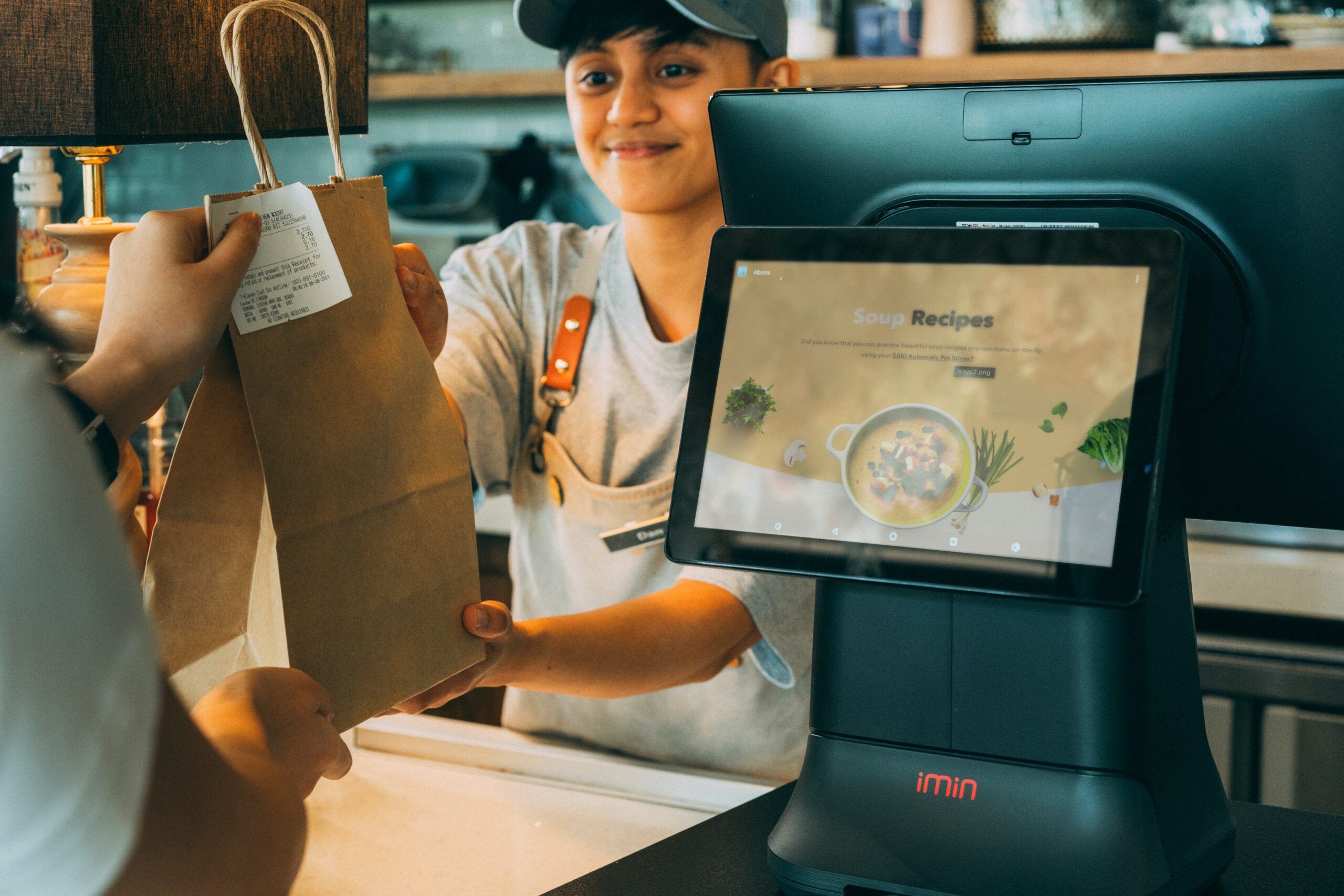Photo by Diggity Marketing on Unsplash
Incorporating influencer marketing into your promotional strategy can significantly boost your small business. The benefits are substantial, from expanding reach and building credibility to driving sales and enhancing SEO. To foster genuine partnerships with influencers, consider researching potential influencers, engaging with their content, and creating mutually beneficial collaboration opportunities. By carefully selecting the right influencers and nurturing authentic partnerships, you can harness a powerful promotional tool that delivers tangible results. In today’s competitive market, leveraging the influence of trusted voices can be the key to standing out and achieving long-term success.
The Power of Internet Influencers in Elevating Your Small Business
By FMM Contributor
In the current digital landscape, the Internet offers small businesses great potential for growth and success. Online tools and platforms can be the critical difference between thriving and merely surviving. One of today’s most effective digital marketing methods is leveraging internet influencers to promote your small business. This approach is crucial, and how it can revolutionize your business, unlocking new paths to success.
Expanded Reach and Visibility
Influencers have cultivated loyal followings that trust their insights and recommendations. Partnering with these influencers allows your business to tap into a broader audience that might be challenging to reach otherwise. For example, consider how a well-executed influencer campaign can introduce your products or services to thousands or even millions of potential customers, significantly increasing your brand’s visibility.
Establishing Trust and Credibility
Trust plays a crucial role in consumer buying decisions. Influencers have already earned credibility with their followers, and when they endorse your product or service, it acts as a powerful testimonial. This endorsement can alleviate potential customers’ doubts, making them more inclined to try your offerings. By associating with trusted influencers, your business can gain the assurance that it is on the right path.
Precision Targeting
Influencers often specialize in particular niches like fitness, beauty, technology, or fashion. When selecting influencers for your business, consider their audience demographics, engagement rates, and alignment with your brand. This targeted marketing ensures your promotional efforts reach an audience relevant to what you offer, maximizing the impact of your campaigns.
Cost-Effective Promotion
Influencer marketing can be more budget-friendly than traditional advertising methods. Small businesses, particularly, can benefit from collaborating with micro-influencers with smaller but highly engaged audiences. These partnerships are typically more affordable and can deliver substantial returns on investment, making influencer marketing a cost-effective strategy for your business.
Authentic Content Creation
Influencers are adept at creating content that resonates with their followers. By collaborating with them, you can leverage high-quality, original, genuine content that showcases your product or service in a relatable and engaging manner. Additionally, this content can be repurposed for your marketing channels, further extending its value.
Enhancing SEO and Online Presence
Influencers sharing your content or linking to your website can boost your search engine rankings. Increased mentions and backlinks signal to search engines that your site is credible and relevant, enhancing your online presence. For instance, influencer marketing can improve SEO by increasing your website’s visibility and driving organic traffic.
Driving Sales and Conversions
The ultimate goal of any marketing strategy is to drive sales. Influencer marketing has proven effective in converting followers into customers. Influencers’ ability to craft compelling narratives and calls to action can guide their audience through the purchasing journey, leading to higher sales and conversions for your business.
Conclusion
Incorporating influencer marketing into your promotional strategy can significantly boost your small business. The benefits are substantial, from expanding reach and building credibility to driving sales and enhancing SEO. To foster genuine partnerships with influencers, consider researching potential influencers, engaging with their content, and creating mutually beneficial collaboration opportunities. By carefully selecting the right influencers and nurturing authentic partnerships, you can harness a powerful promotional tool that delivers tangible results. In today’s competitive market, leveraging the influence of trusted voices can be the key to standing out and achieving long-term success.
LEARN MORE ABOUT INFLUENCE MARKETING FOR YOUR FRANCHISE
==================================











